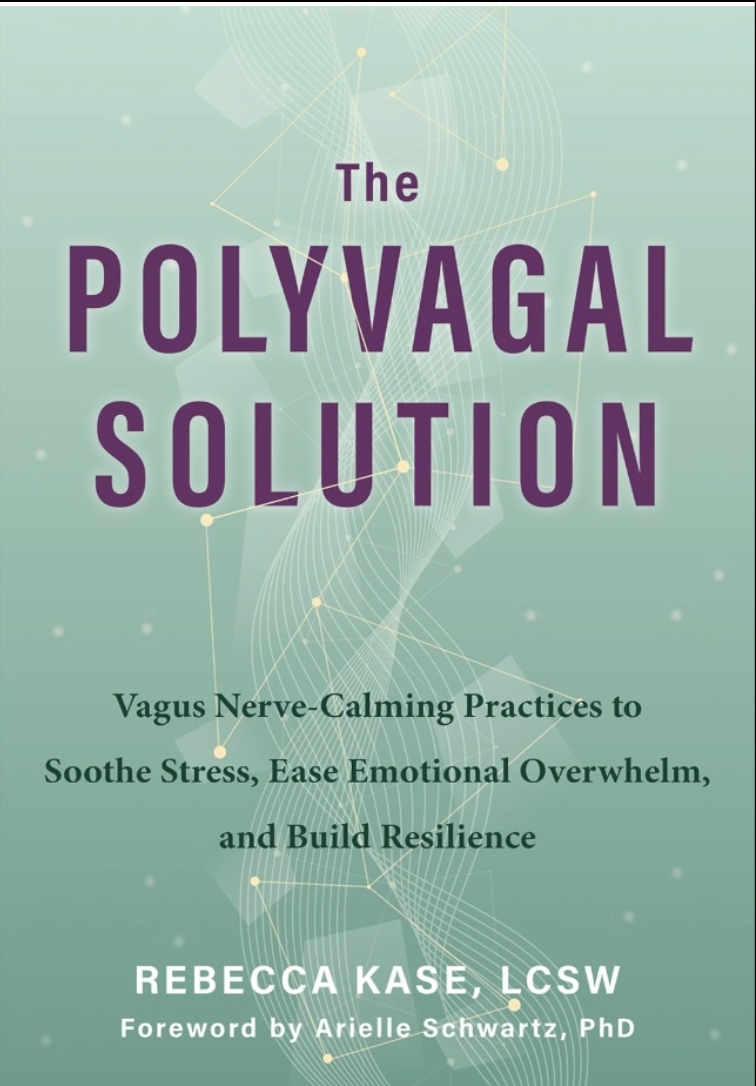Lifestyle
How to Choose a Mattress and Achieve Your Best Sleep

Getting a good sleep is a crucial part of being a healthy person. If you aren’t getting enough, there are several health drawbacks, such as issues with memory, a higher risk for many diseases and so much more.
One of the best ways to ensure you are getting a better sleep is by choosing the right mattress. But with thousands of different options out there, how can you know which is the best for your unique sleep needs?
Without any further ado, let’s go over some tips on how to choose the best mattress and get your best sleep.
Try Out and Consider Different Mattress Types
The first tip when it comes to choosing a mattress is to try out different types of mattresses to see what you prefer. Many people have only ever slept on one type of mattress, and may not even know what the experience of sleeping on another will be like.
There are innerspring mattresses, memory foam mattresses, latex foam, air beds and many others. Each offers their own levels of support and comfort and everyone has their preference. Some may like a firmer bed for additional support, while others like a soft bed that they can melt into for comfort. Be sure to try out a few and see what you prefer and what helps you sleep.
Also, don’t worry if you choose the wrong one. Many mattress companies and retailers have a trial period where you can try the mattress for a few days or weeks before deciding if it is right for you.
Know Your Sleeping Position

Another thing to think about is just how you sleep. Many mattresses are simply better and more comfortable for those who sleep in a certain way. For example, those who sleep on their backs often require a good amount of support out of their mattress and bed.
If you are a side sleeper, you may benefit from a softer mattress that conforms to your body and doesn’t irritate potential pressure points. Be sure to visit Real simple to learn about some of the best mattress options for your needs. If you are unsure about your position, or you constantly change how you sleep, look for a medium-firm mattress that provides a good blend of support and comfort for multiple different sleep positions.
Get the Right Size
The size of the mattress you end up getting is another important thing to think about, too. There are many different mattress sizes that range from one that can often feel too cramped for one person, to options that can comfortably fit an entire family and any pets they might have.
If you get one that is too small for your needs, it can negatively impact your sleep and you will have a hard time getting comfortable and having enough space to move. In general, it is a good idea to get a bed slightly larger than your current needs, as more space in a bed is always better than less.
Of course, don’t forget to measure the space you have in your room, too. While you might love the idea of a king-sized bed, if your room is small, it simply won’t fit. There are few things more annoying than buying the perfect bed, only to find out it won’t fit in your space.
In conclusion, we hope that this guide has been able to help you choose the right mattress to ensure you can sleep well every night.
Lifestyle
The Missing Piece in Self-Help? Why This Book is Changing the Wellness Game

Self-help shelves are full of advice — some of it helpful, some of it recycled, and most of it focused on “mindset.” But Rebecca Kase, LCSW and founder of the Trauma Therapist Institute, is offering something different: a science-backed, body-first approach that explains why so many people feel struck, overwhelmed, or burned out — and what they can actually do about it.
A seasoned therapist and business leader, Kase has spent nearly two decades teaching others how to navigate life through the lens of the nervous system. Her newest book, “The Polyvagal Solution,” set to release in May 2025, aims to shake up the wellness space by shifting the focus away from willpower and onto biology. If success has felt out of reach — or if healing has always seemed like a vague concept — this book may be the missing link.
A new way to understand stress and healing
At the heart of Kase’s approach is polyvagal theory, a neuroscience-based framework that helps explain how our bodies respond to safety and threat. Developed by Dr. Stephen Porges, polyvagal theory has transformed the way many therapists understand trauma, but Kase is bringing this knowledge to a much wider audience.
“The body always tells the truth,” Kase says. “If you’re anxious, exhausted, or always in overdrive, your nervous system is asking for support, not more discipline.”
“The Polyvagal Solution” makes this complex theory digestible and actionable. Instead of promising quick fixes, Kase offers strategies for regulating the nervous system over time, including breathwork, movement, boundaries, and daily practices that better align with how the human body functions. It’s less about pushing through discomfort and more about learning to tune in to what the body needs.
From clinical expertise to business insight
What sets Kase apart isn’t just her deep understanding of trauma but how she blends that knowledge with real-world experience as a business owner and leader. As the founder of the Trauma Therapist Institute, she scaled her work into a thriving company, all while staying rooted in the values she teaches.
Kase has coached therapists, executives, and entrepreneurs who struggle with burnout, anxiety, or feeling disconnected from their work. Regardless of who she works with, though, her message remains consistent: the problem isn’t always mindset — it’s often regulation.
“Success that drains you isn’t success. It’s survival mode in disguise,” Kase explains. Her coaching programs go beyond traditional leadership training by teaching high achievers how to calm their nervous systems, enabling them to lead from a grounded place, not just grit.
Making the science personal
For all her clinical knowledge, Kase keeps things human. Her work doesn’t sound like a lecture but rather like a conversation with someone who gets it. That’s because she’s been through it herself: the long hours as a therapist, the emotional toll of supporting others, the realities of building a business while managing her own well-being.
That lived experience informs everything she does. Whether she’s speaking on stage, running a retreat, or sharing an anecdote on her podcast, Kase has a way of weaving humor and honesty into even the heaviest topics. Her ability to balance evidence-based practice with practical advice is part of what makes her voice so compelling.
Kase’s previous book, “Polyvagal-Informed EMDR,” earned respect from clinicians across the country. But “The Polyvagal Solution” reaches beyond the therapy community to anyone ready to understand how their body is shaping their behavior and how to create real, sustainable change.
Why this message matters
We’re in a moment where burnout is common and overwhelm feels normal. People are looking for answers, but many of the tools out there don’t address the deeper cause of those feelings.
That’s where Kase’s work lands differently. Instead of telling people to “think positive” or “try harder,” she teaches them how to regulate their own biology. And in doing so, she opens the door for deeper connection, better decision-making, and more energy for the things that matter.
As more workplaces begin to embrace trauma-informed leadership, more individuals are seeking solutions that go beyond talk therapy and motivational content. Kase meets that need with clarity, compassion, and a toolkit rooted in both science and humanity.
A grounded approach to lasting change
What makes “The Polyvagal Solution” stand out is its realism. It doesn’t ask readers to overhaul their lives but instead asks them to listen — to pay attention to how their bodies feel, how their stress patterns manifest, and how even small shifts in awareness can lead to significant results over time. Whether you’re a therapist, a team leader, or someone trying to feel more at ease in your own skin, this book offers a way forward that feels both grounded and achievable.
Rebecca Kase isn’t just adding another title to the self-help genre. She’s redefining it by reminding us that we don’t have to muscle our way through life. We just have to learn how to work with, not against, ourselves.
And maybe that’s the real game-changer we’ve been waiting for.
-

 Tech4 years ago
Tech4 years agoEffuel Reviews (2021) – Effuel ECO OBD2 Saves Fuel, and Reduce Gas Cost? Effuel Customer Reviews
-

 Tech6 years ago
Tech6 years agoBosch Power Tools India Launches ‘Cordless Matlab Bosch’ Campaign to Demonstrate the Power of Cordless
-

 Lifestyle6 years ago
Lifestyle6 years agoCatholic Cases App brings Church’s Moral Teachings to Androids and iPhones
-

 Lifestyle4 years ago
Lifestyle4 years agoEast Side Hype x Billionaire Boys Club. Hottest New Streetwear Releases in Utah.
-

 Tech7 years ago
Tech7 years agoCloud Buyers & Investors to Profit in the Future
-

 Lifestyle5 years ago
Lifestyle5 years agoThe Midas of Cosmetic Dermatology: Dr. Simon Ourian
-

 Health6 years ago
Health6 years agoCBDistillery Review: Is it a scam?
-

 Entertainment6 years ago
Entertainment6 years agoAvengers Endgame now Available on 123Movies for Download & Streaming for Free
